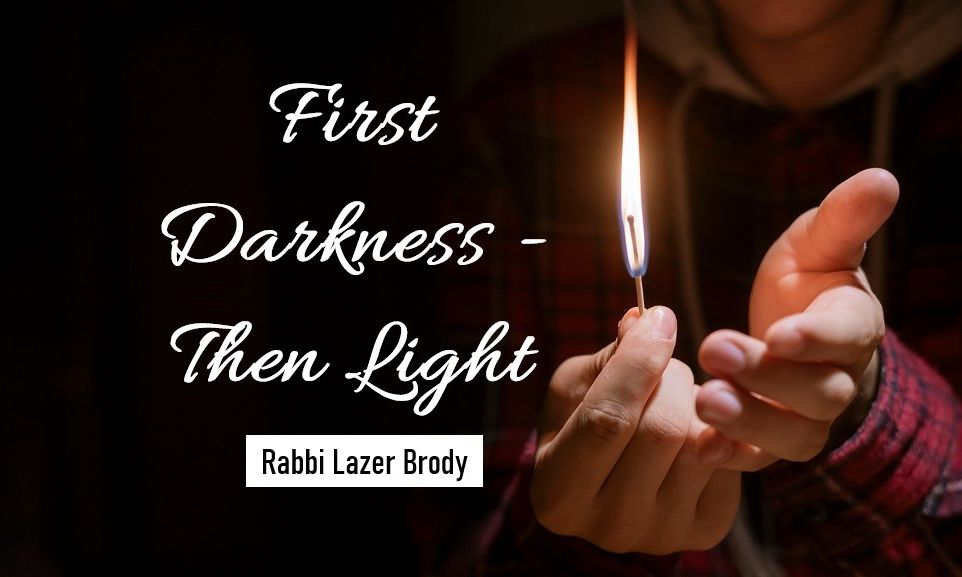
First Darkness, then Light
A person does everything to strengthen emuna and get closer to Hashem, only to find that life is even more difficult than it was before. What's going on?

So many Baalei Teshuva (BT) – newly observant Jews, or those who were born to Orthodox families but strengthened their observance on their own – have told me over the years that their lives have become much more difficult since they made teshuva than before teshuva. “Is it logical,” one young man asked me, “that when I drank beer, danced in discotheques and went out with a different girl every night, I had less problems than now, when I put on tefillin every day, keep Shabbat, eat kosher, and am faithfully married. What’s going on?”
Rebbe Natan provides the answer, which is amazingly connected to Pesach, Lag B’Omer and Shavuot. He explains that on Passover, Hashem gave us a massive illumination of Divine light, far beyond what we deserved. This tremendous dose of Divine light enabled us to break the chains of bondage in Egypt and to attain our national liberation as manifest in the subsequent exodus from Egypt. Yet, once Israel left Egypt, this “free gift” of high-level Divine light was taken away, and we had to earn it on our own by way of the 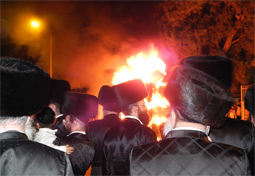 forty years of trials and tribulations while sojourning in the desert.
forty years of trials and tribulations while sojourning in the desert.
Don’t think that this is a simple story of yesteryear, stresses Rebbe Natan, for there is an aspect of Pesach, Lag B’Omer and Shavuot that reoccurs in every generation, every year, every month and even every day. How so?
One who was never privileged to live a Torah-and-emuna lifestyle is like a person enslaved to the heretical concepts of modern society that torment the soul. What’s more, he’s surely a slave to lust and bodily appetites. This parallels the enslavement of Israel in Egypt.
In order to liberate such a person, explains Rebbe Natan, Hashem illuminates their soul with a massive measure of Divine light, way beyond their spiritual level. This is an ataruta dela’eila, stimulation from above as Rebbe Shimon Bar Yochai calls it. By virtue of this Divine stimulation, the individual makes teshuva. But, soon after the initial teshuva, the massive measure of Divine light is taken away, although its roshem, its impression, remains on the soul. Now, the new BT encounters major difficulties and tests of faith. This corresponds to the forty years in the desert.
The impression – the sweet taste of the initial illumination of Divine light – gives the BT courage to keep going and persevere in his fortification of emuna, Torah learning and mitzvah observance. The post-teshuva tests of faith and tribulations are grueling, as each person can testify. One must fight to keep his or her head above the murky waters of depression, disappointment and discouragement. These correspond to the first 25 days of the Omer that last from the end of Passover until Lag B’Omer, when music, weddings, haircuts and joy is curtailed.
Fortunately, by virtue of the tzaddik – Moses, Rebbe Shimon bar Yochai, the Arizal, the Baal Shem Tov, Rebbe Nachman, the tzaddik of each generation, and Mashiach – we have the day of Lag B’Omer where we see that all our hard efforts have paid off. Now begins the joy that continues to build until we receive the Torah directly from the Almighty on Shavuot. Each of us can feel this marvelous cycle.
With the above in mind, don’t let the life’s setbacks pull you down. The bright bonfires on Lag B’Omer night remind us that emuna burns brightest in the darkness and illuminates all darkness. We dance all night long until we see the first light of day, which G-d willing is none other than the light of our full redemption, speedily and in our days, amen.
Happy Lag B’Omer!



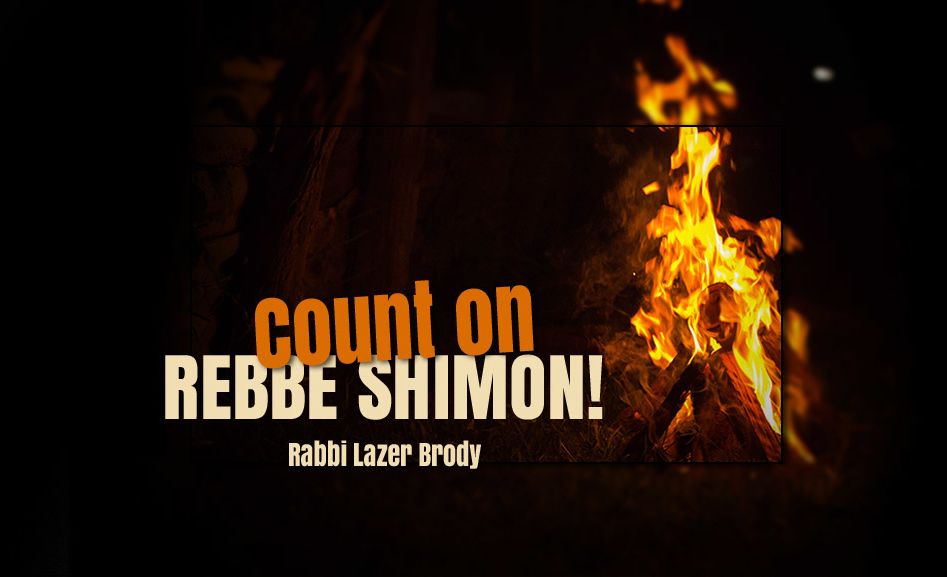





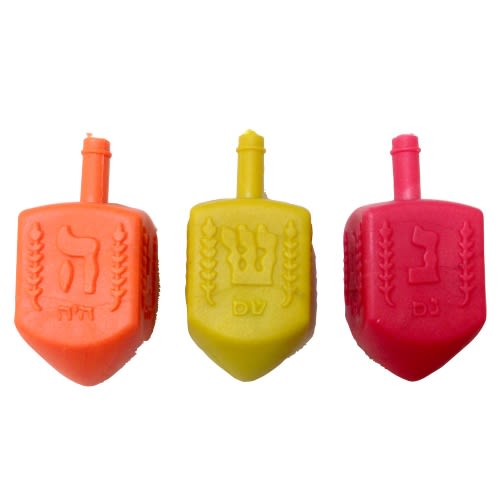
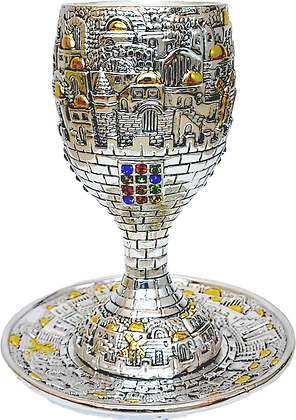
5/25/2016
livebeat
Rebbe Nachman writes that when one rises up and strikes his enemy, his enemy will aim back at him. The Yeitzer Hara is our enemy. He won't give up without a fight! When checking for a sign of life – if the cardiogram chart shows streaks going up and down – the person is alive. If it goes straight, G-d forbid – it is too late. So it is in life. Without challenge there is no stimulant and no life. Keep the challenge going! Hashem does not put anybody in a position they are unfit to handle.
5/25/2016
Rebbe Nachman writes that when one rises up and strikes his enemy, his enemy will aim back at him. The Yeitzer Hara is our enemy. He won't give up without a fight! When checking for a sign of life – if the cardiogram chart shows streaks going up and down – the person is alive. If it goes straight, G-d forbid – it is too late. So it is in life. Without challenge there is no stimulant and no life. Keep the challenge going! Hashem does not put anybody in a position they are unfit to handle.